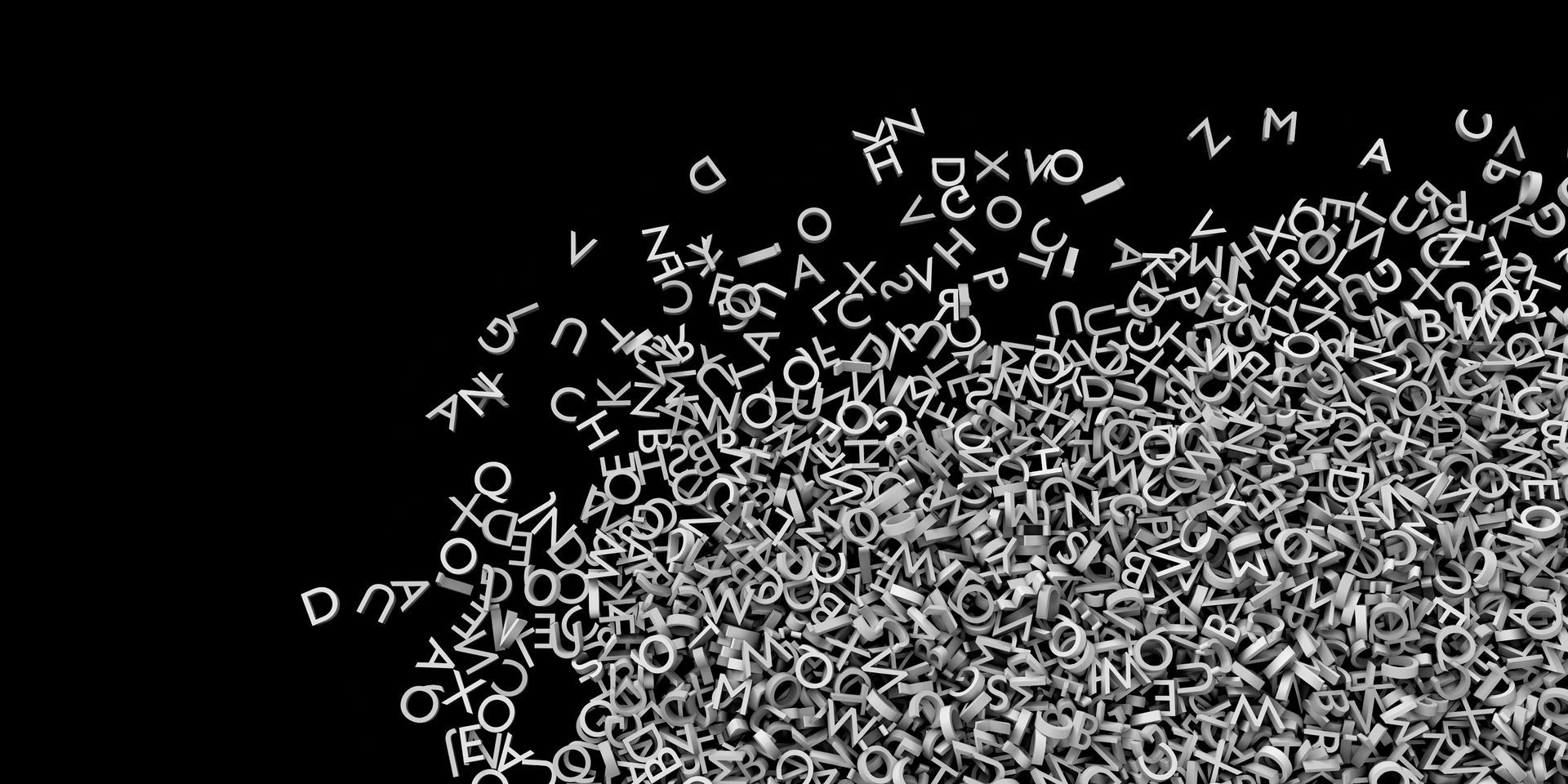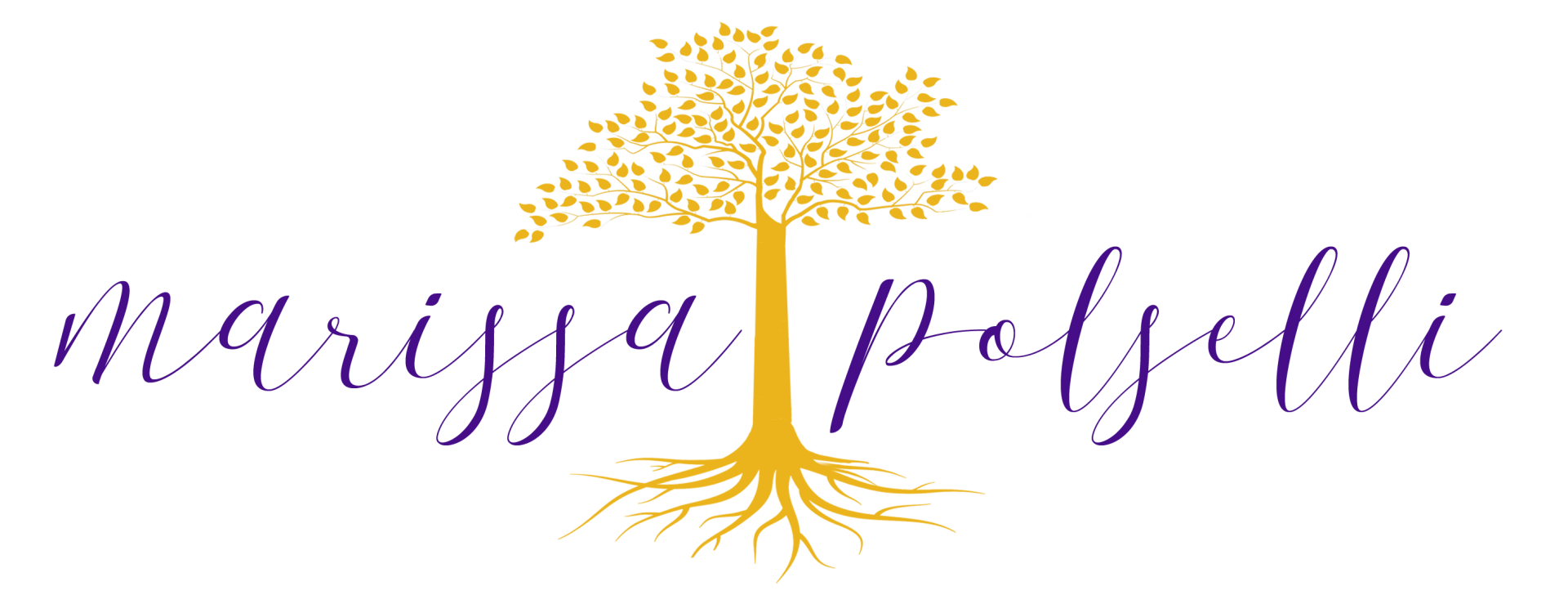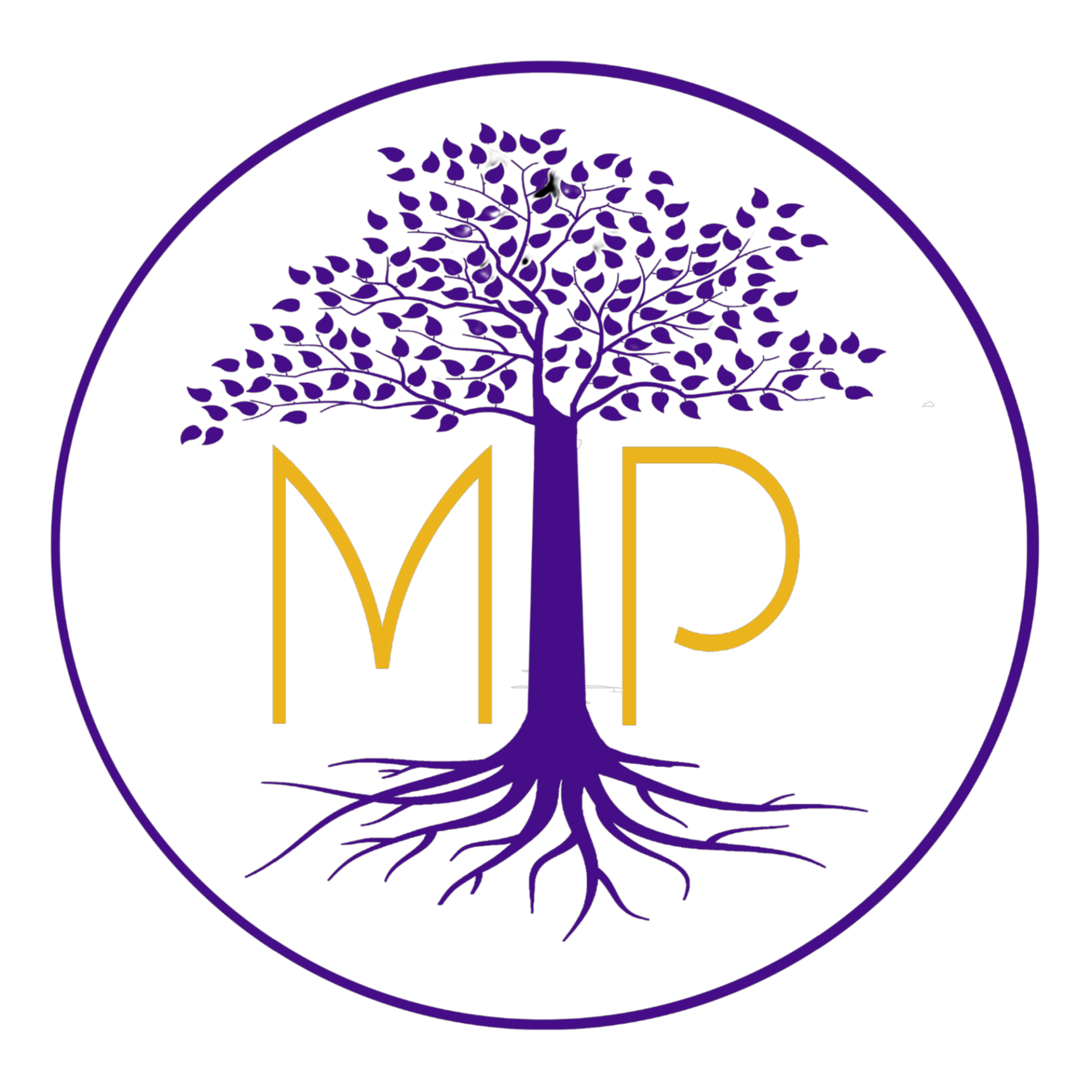From AI to Authentic
HOW TO USE AI WITHOUT LOSING YOUR TRUE VOICE

You’ve been under pressure to write the copy for the Home Page on your website, but… you’re meeting with a new client for a discovery session, you have 12 voicemails and 36 emails to answer, a pile of paperwork to attend to, and those quarterly tax estimates aren’t going to file themselves.
Suddenly, the glow of your laptop screen illuminates the browser you have opened to ChatGPT, and the allure of automated copy calls to you. “Write a home page welcoming people to my acupuncture practice in a friendly tone.”
In under two seconds, it’s done. And you know what? It’s not bad!

Friendly tone? Check.
Hitting on people’s pain points and desires? Check.
Welcoming and inviting people to connect? Check.
So what’s the problem?
The Great AI Debate
When ChatGPT can churn out decent copy at the speed of light, why not use it?
You may be surprised to hear that my answer is actually, “Go ahead and use it!”
The strategic use of ChatGPT can be a time-saver and an aid in writing copy. The problem comes in when people use it not as an enhancer or catalyst for original thought and writing but as a replacement for it. In other words, starting out with ChatGPT can be helpful, but leaving it there is a huge missed opportunity for authentic expression and connection.
In the great AI debate, there are valid arguments to be made for and against its use in copywriting. Before we dive into the drawbacks, here are a few ways ChatGPT and similar technologies can be a true support in the writing process.
The Benefits of AI for Copywriting
Generative programs like ChatGPT certainly have benefits, and can come in handy if used strategically. Here are just a few ways tech like ChatGPT can be used to enhance your copywriting for websites, posts, letters, and all kinds of copy:
It can save you time on research and help you find keywords to include for SEO.- It can help you brainstorm or give you an example when you are in a rush or stuck. ChatGPT’s output can help jog you out of writer’s block.
- It’s fast and you can do a lot for free.
- It can give you a decent baseline for your work, helping you create a content brief that can serve as inspiration for you to expand on.
With all of that to recommend it, why not stick with AI as your secret copywriter? No one has to know, right?
Drawback #1: People Will Know
When you read copy that is decently written but generic, it’s a major tip off that it was written by an algorithm instead of a person.
Programs like ChatGPT are trained on a massive amount of data, but no algorithm can account for what makes you you – your memories, your humor, your dreams, your sensitivities. It doesn’t have the capacity to look at a piece of work, draw on your lived experiences, and decide that this is the perfect place to tell that story about how you met Sting in an elevator.
Generative AI also has its telltale characteristics that make it easy for savvy readers and other software programs to suss out your secret:
- Algorithms have their own patterns and churn out generic copy.
- The output can sometimes sound unnatural – unless you are a huge fan of transitions like “furthermore” and “moreover.”
- Very often, it is detectable. Programs like Turnitin are plagiarism checkers with up to 98% accuracy – and they pick up on AI generated copy. Recruiters and hiring managers can tell when a resume is written with AI because of the generic job duty descriptions and summaries. Submitting an AI-generated resume can send up a red flag and even disqualify you from consideration – people want to hire a person, not a bot.
Drawback #2: Original Thought Need Not Apply
ChatGPT is a powerful natural language processor – but it doesn’t actually understand anything. It’s not comprehending the ideas you are writing about, but using a sophisticated algorithm to predict what words should come next as each sentence and paragraph is written.
This algorithm draws on existing data to predict what words to use, which means a bunch of things:
Generative AI can only draw on the data it is trained on – and while that pool of data is immense, it can contain biases that may result in a lack of accuracy and diversity in the writing it produces.- Programs like ChatGPT are inherently backward-looking. They are basically a super sophisticated way to reshuffle existing information.
- Because these programs are trained on existing data, there is a very real danger of the ideas of other writers and creators being used without proper crediting – in other words, plagiarism is a major risk.
And the biggest drawback of all here:
AI can’t generate new ideas.
That’s all you, my friend, with your marvelous and unable-to-be-replicated human brain and spirit.
Drawback #3: No One Connects with Algorithms
Now, you may or may not be a person who cares about the energy of words. If you’re like me – and so many of the heart-centered business owners and practitioners I know – you do care. Creating copy with the right energy really matters to us, because we want a soul to soul connection with our intended reader. Just like the Scarecrow from the Wizard of Oz only had straw where a brain should be, AI only has coding where a soul should be.
And people connect with other people – not coding or algorithms.
Even if that sounds a bit too woo for you, simply consider it from this simple and practical perspective: How can you connect with your people when they are hearing a conglomeration of other peoples’ voices spliced together instead of your voice?
Using AI Without Losing Authenticity
So how do you make the most of this tech, capitalizing on its benefits without being sucked into a vortex of soulless mediocrity?
It all comes down to using AI as a creativity stimulator, rather than a replacer. The best time to leverage the power of generative copy programs like ChatGPT is at the beginning of a project. Writing a detailed prompt can result in some phrases and key terms you can use to spur your own ideas, and add your own personal touch and stories to.
I also really recommend paying attention to the thing that keeps your own creativity alive – whether that is meditation, prayer, time in nature, journaling – whatever it is, nurture that practice. If your spirit and imagination are continually fed, it will be easier to use AI as a tool instead of a replacement or crutch, and let your own authentic voice be the thing that goes out into the world to seek and share and connect.
If you’d like a step-by-step guide on how to Use AI Without Losing Authenticity – complete with an Authenticity Checklist, I’m happy to share that with you here.
Interested in working with a writer who infuses soul into copywriting and will honor your voice and values? Let’s chat! Click
here to book a call.




